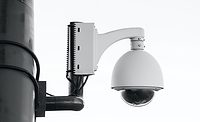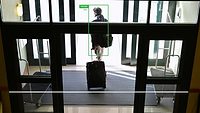Video surveillance holds a prominent role in the physical security posture of small and large enterprises. A survey from IFSEC Global asked over 400 security professionals to provide their perspectives on the use of video surveillance in their organizations in 2022.
The Video Surveillance Report 2022 identified artificial intelligence (AI) as a key trend in the technology vertical, with 42% of respondents having adopted or installed AI-enabled cameras in the past year. Object classification, license plate recognition and false alarm reduction were named as top security benefits of AI-enabled surveillance.
The study also asked security leaders to rank non-security uses for surveillance — vehicle checks ranked as the first non-security implementation of surveillance, followed by business intelligence, workplace optimization, fire safety and emergency preparedness.
However, with AI adoption also came cybersecurity concerns, according to the respondents. Seventy-four percent of security leaders stated they were “very” or “quite” concerned by the vulnerability of their surveillance system to cyberattacks. The report noted the prevalence of IP security camera systems as a challenge for surveillance cybersecurity.
According to security end-users, cyber backdoors created by technology manufacturers were their top surveillance vulnerability concern (25%), followed by installation issues (19%) and inadequate hardware protection (14%). When asked who should bear the primary responsibility for surveillance system cybersecurity, 30% of respondents named manufacturers, 27% said physical security end-users, and 26% named cybersecurity end-users.
For sector-specific surveillance statistics, read the full report.



